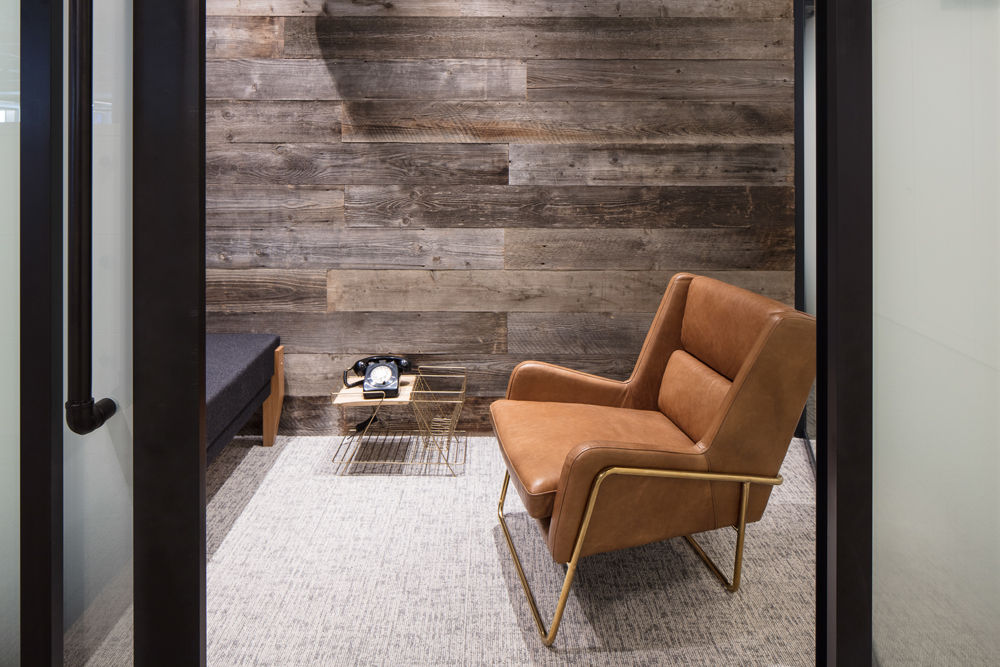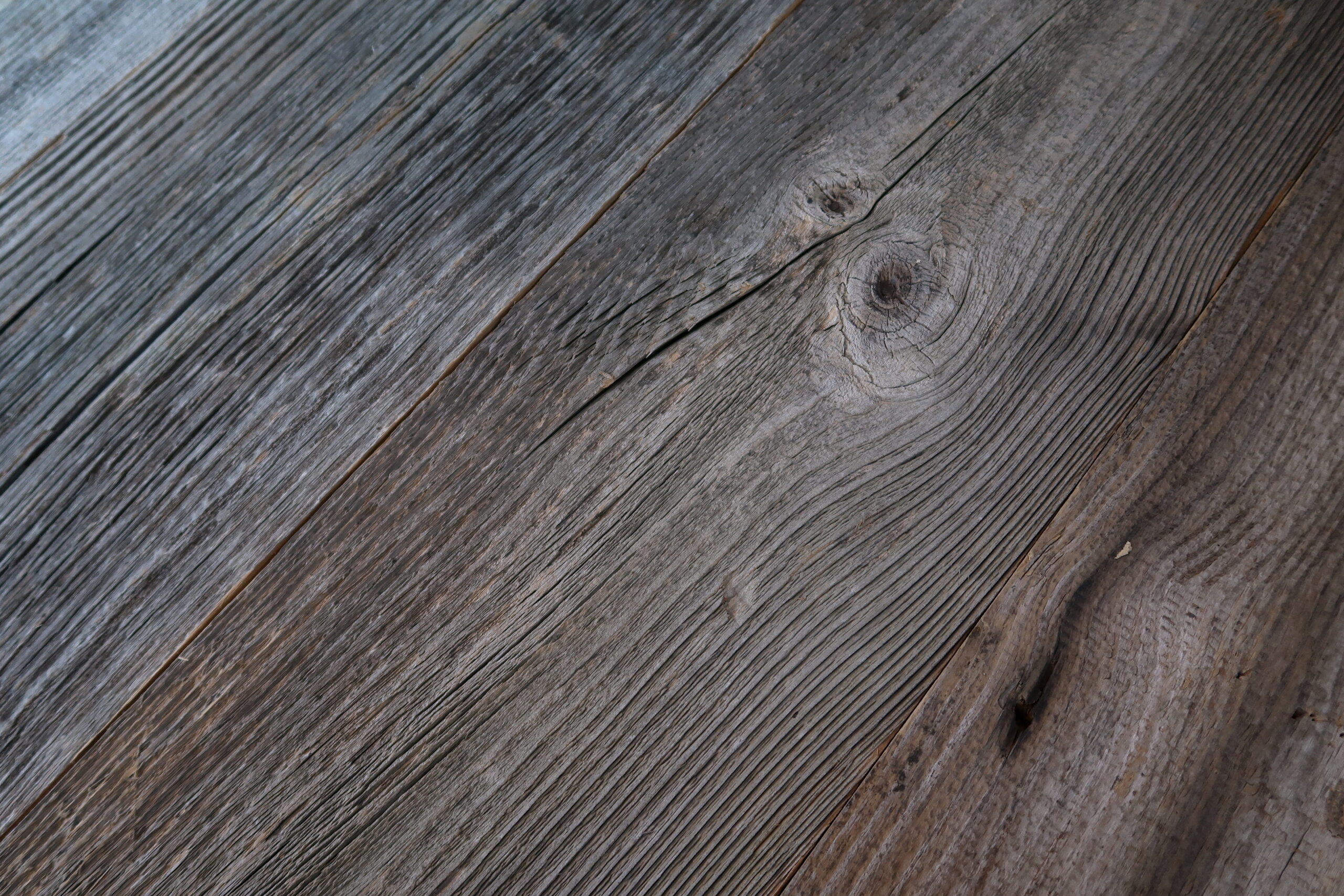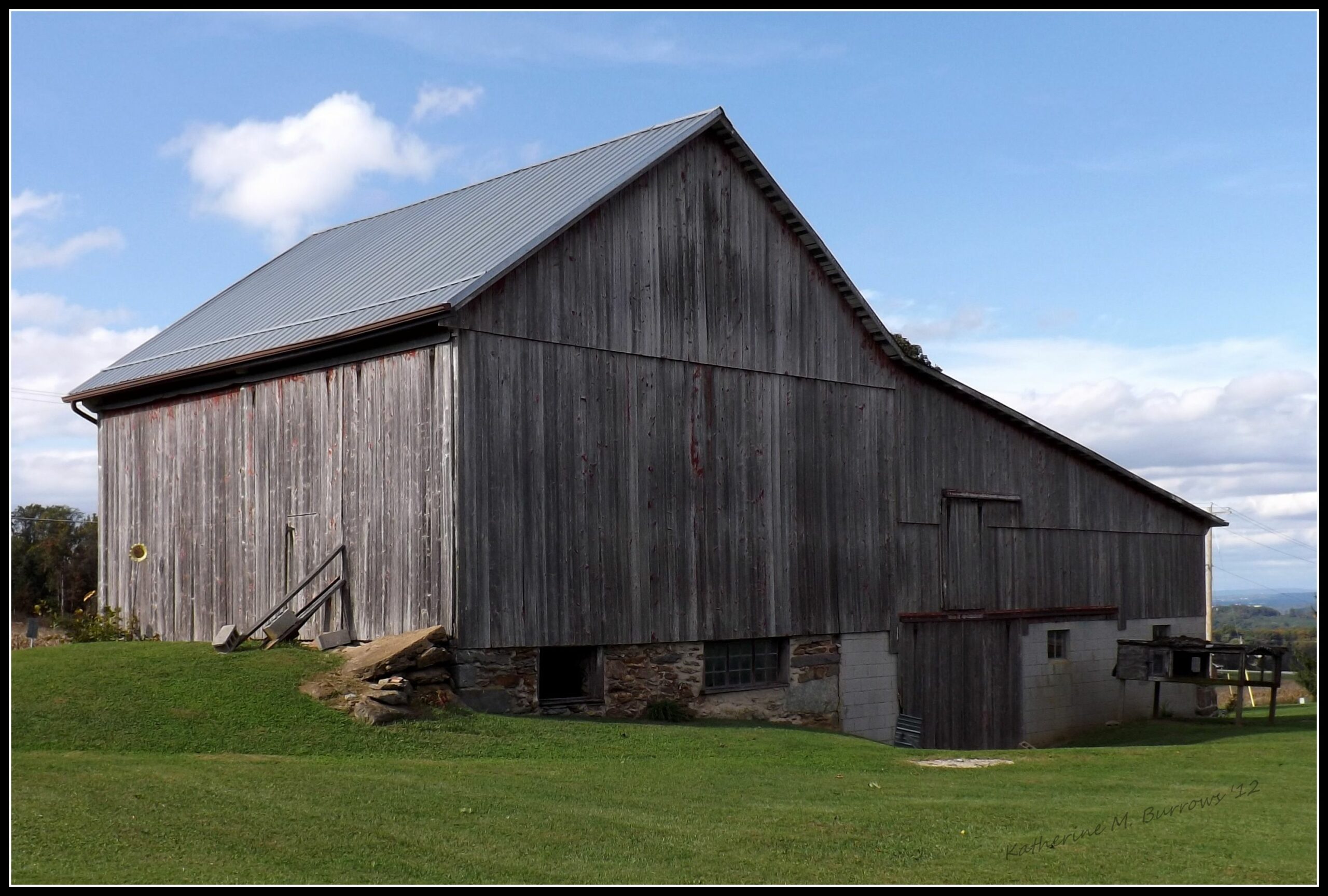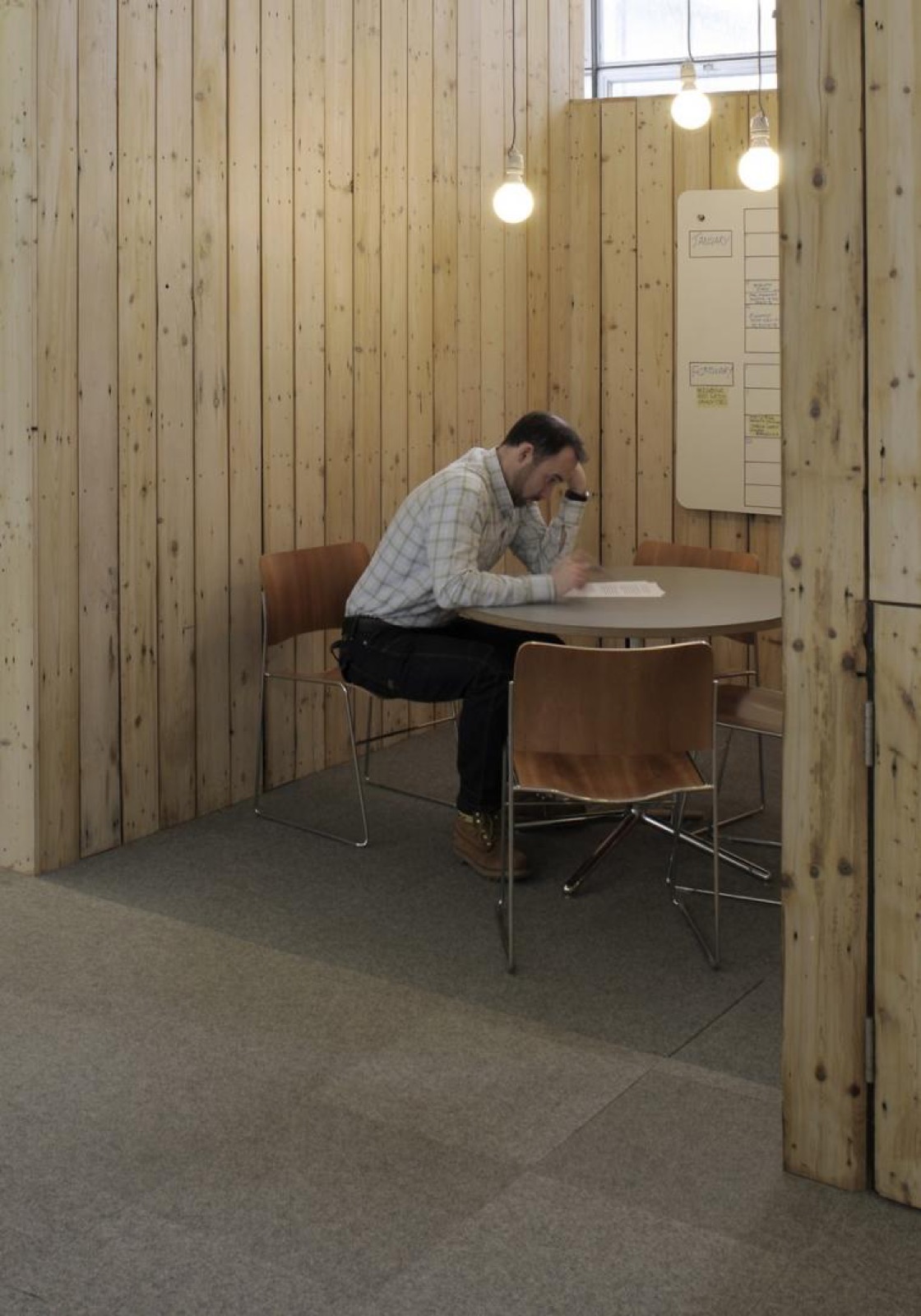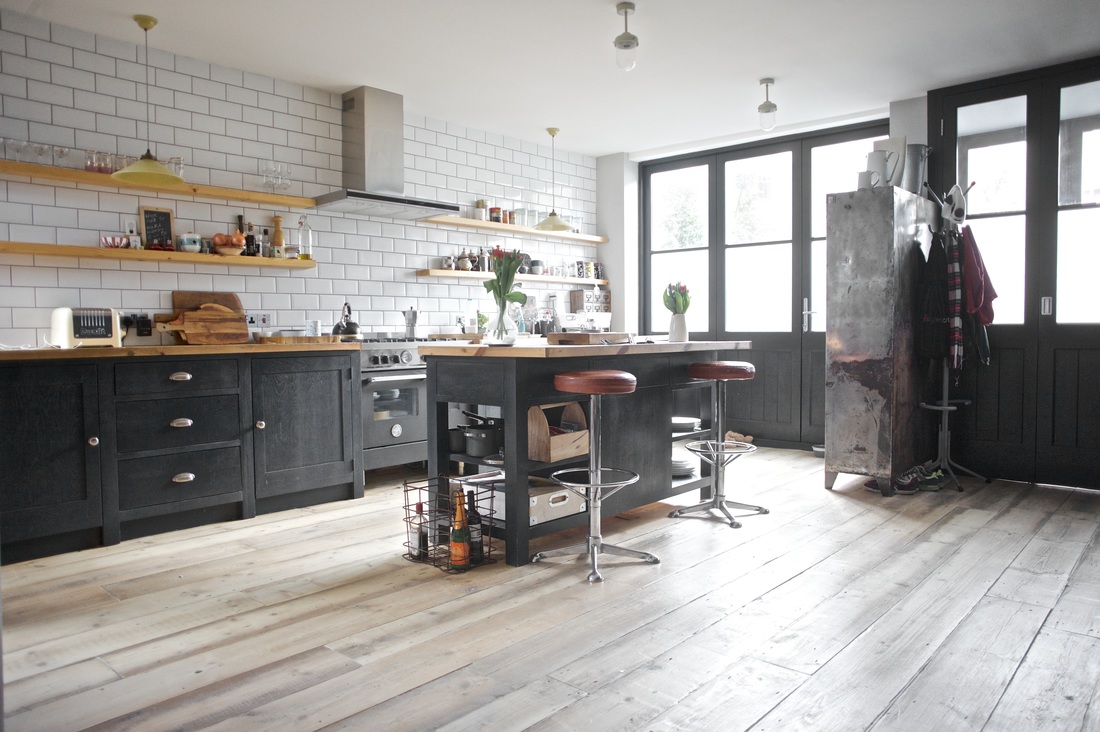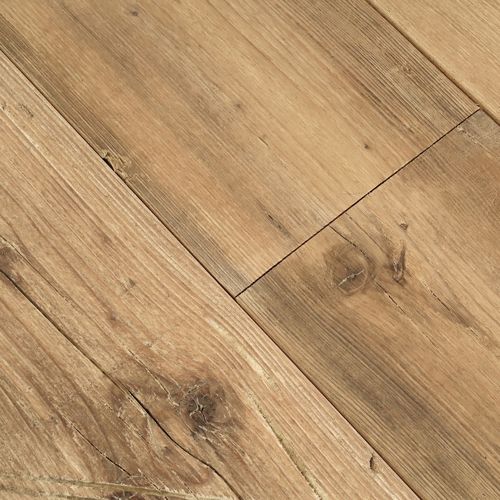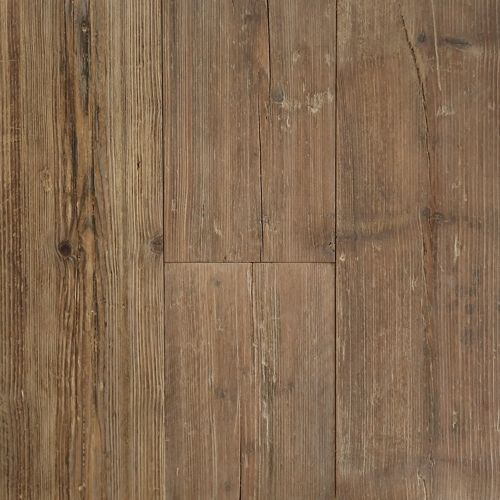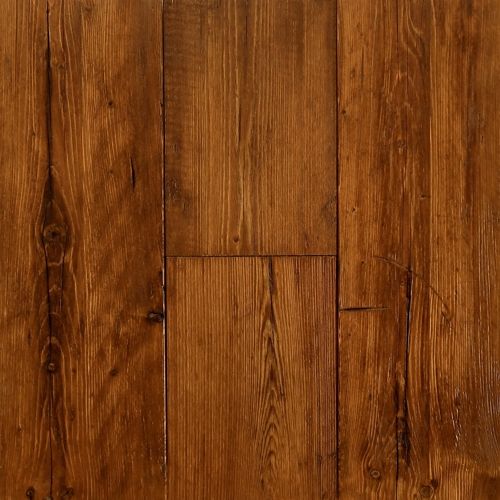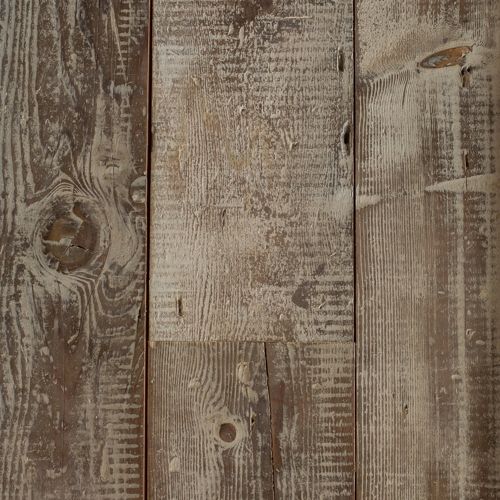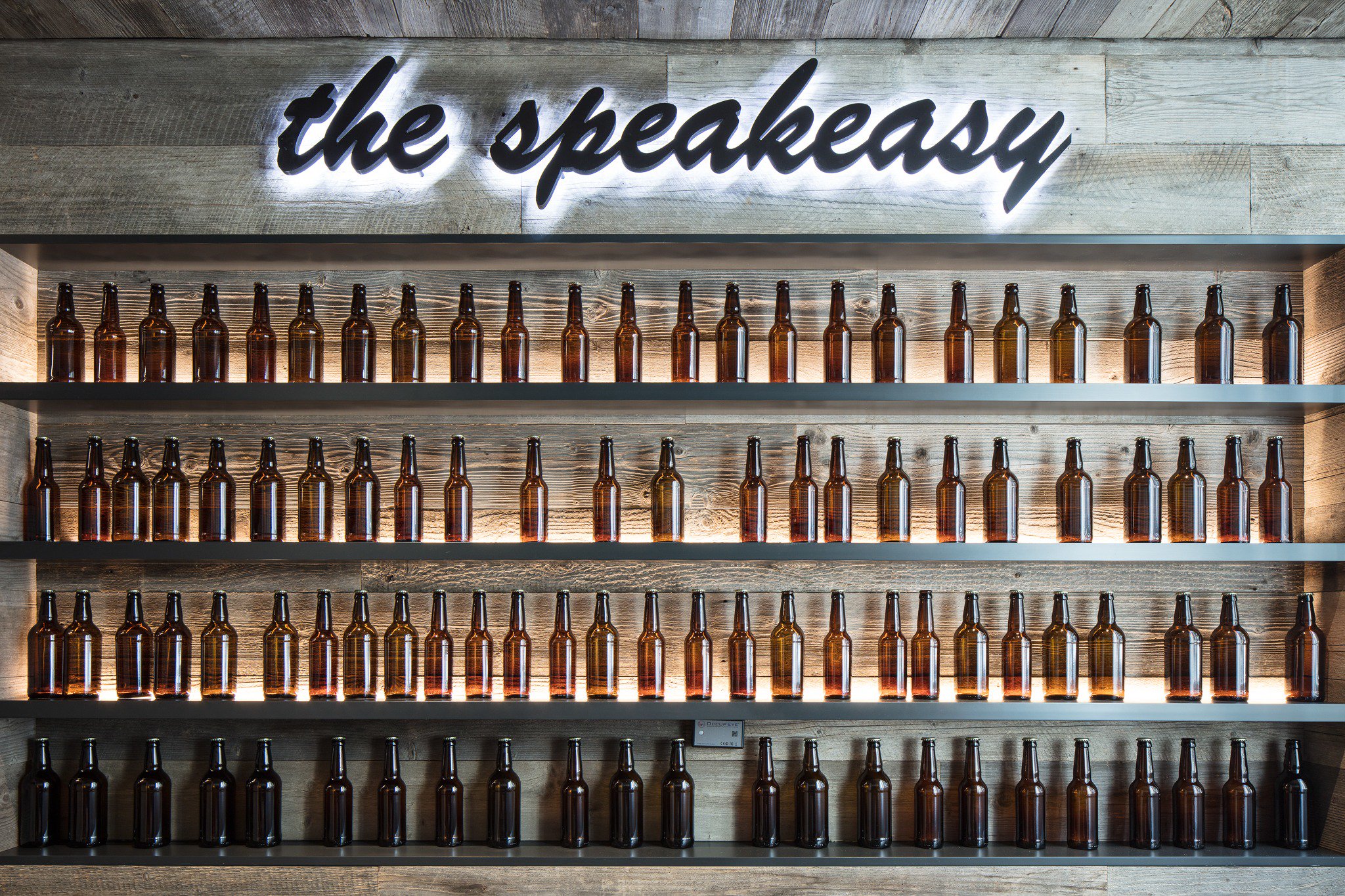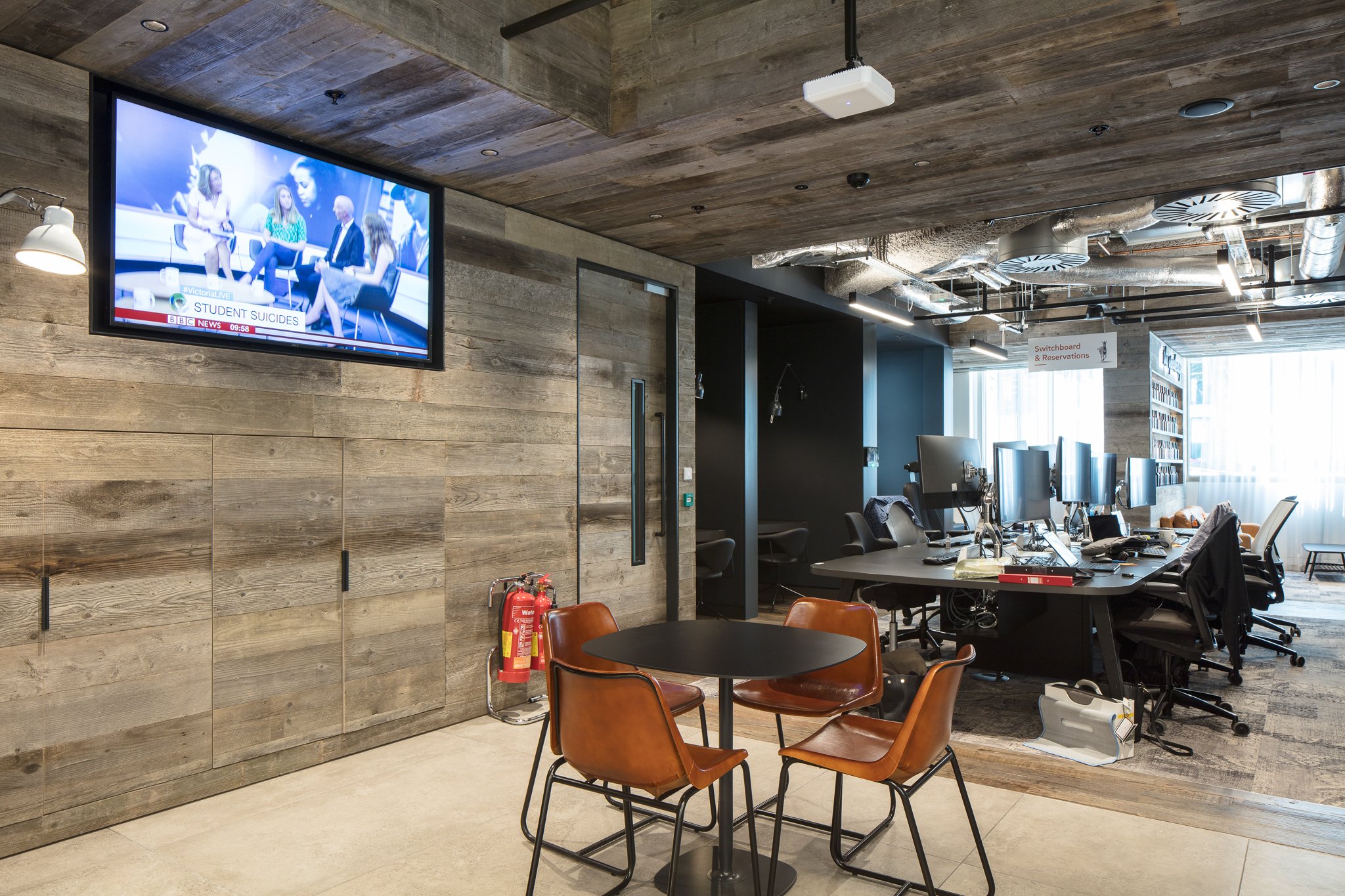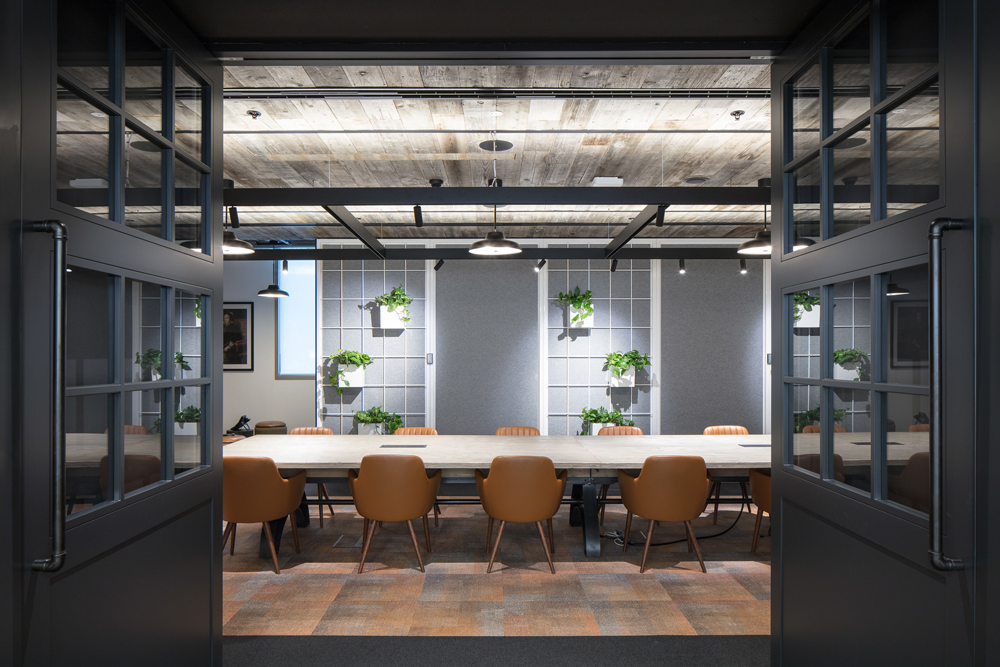
Depending on the structure of their seeds, all trees are classified in one of two ways: hardwood or softwood.
But when people think of wood flooring material, they almost always think of classic hardwood such as oak. And yet, softwood is another strong contender in the timber flooring industry — and for centuries, it has been a common feature of many old homes across Europe.
One of the oldest and most beautiful types of softwood is Pine. Pine floorboards are cut from pine trees — and in the past, many homeowners took advantage of its prevalence, as well as its wide widths and long lengths. Today, pine floorboards come in several grades to fit myriad budgets, which still makes it a sensible choice for the modern homeowner.
Pine wood flooring is popular for its prominent grain and beautiful knots that give the floorboards distinctly rustic quality. Despite being a softer wood, Pine is highly durable and comes ready to be finished according to your taste.
Apart from looking great in any interior, pine is more vulnerable to dings, dents, scratches and scuff marks compared to other harder flooring options. But one person’s dent is another person’s charm and character. Over time, the flooring will harden. Why? As you walk on the wood, the fibres compress upon themselves getting harder and harder.
Types of pine flooring
Pinus is the species found mostly in UK and EU plantations. It’s useful for all sorts of utility work: beams, flooring and structural purposes. But that’s just the start of it. There are over 200 different types of trees found in the pine family — so many are in fact much softer than others, leaving few types recommended for the use of flooring.
For a softwood, pine flooring such as heart pine, vertical grain pine and southern yellow pine are often remarkably resilient and long-lasting, especially in the context of well looked after pine floors. Depending on the pine species being used, the hardness varies.
When discussing pine timber, it’s hard to go past the fact that heartwood of a pine tree yields the darkest and hardest wood the tree has to offer. Therefore, heart-pine flooring is manufactured from this heartwood exclusively and has a Janka Hardness rating of 1225. A heart-pine floor will resist dents and deep scratches better than a pine floor made from sapwood.
Advantages: Attractive flooring that lasts decades
Characterised by straight, fine grain and small knots, pine flooring exudes a homey appearance and greatly loved for its ability to stand up to years of use. What’s more, pine flooring may not be the cheapest wood in the market, but it’s definitely not the most expensive either.
Appearance and unique character
Most pine floors are available in an array of colours ranging from nearly white and golden yellow to deep, rich browns and reds. They tend to darken more over time (compared to oak) — and because of the flooring’s prominent grain, pinholes and knots, pine is considered a character wood that offers an inviting, rustic appeal.
Typically, pine flooring comes unfinished, allowing you the opportunity to finish your floor in any colour that suits your preferences and in any aesthetic imaginable. More importantly, pine flooring is known to take stain, paint, varnish and tung oil well to match any interior setting; from antique right down to ultra-chic design style.
To maintain its natural colour, you won’t have to do much to the timber to make it look beautiful. To keep its authentic appeal as it tends to darken with age, treat the floor with clear varnish or whitewashing. Prefinished pine is becoming increasingly popular because it comes with a brilliant finish and permits installation without sanding or surface treatment on site.
A durable option
While pine is classified as a softwood, it is highly durable and will serve you well for the full life of your home. It makes for a practical choice even in humid environments as it rarely has issues with shrinking or swelling.
100-years-old flooring, or even older, in homes around the United Kingdom proves that when well maintained, it can last for decades and continue to reflect the natural distressed look contemporary home designers imitate.
Resists decay
Pine flooring can be treated with chemicals to resist decay and rotting. This makes it a flooring investment and a desirable quality in any home building material. Due to its longevity, many people have been able to reclaim pine wood from old buildings and use it for their new construction.
Easy to work with
Due to its soft surface, pine is easy to cut and takes nails and screws very well compared to other natural materials. It holds stains and other finishes easily. The easier it is to work with wood, the easier it to complete a project.
Environmentally sustainable
As a softwood, pine matures rather quickly, which equates to high production rates than slower-growing hardwoods typically used for flooring, such as oak or walnut. The speedy growth means more wood can be produced each year with the same amount of land, which makes pine better suited to environmentally friendly forestry practices.
Internal cladding
When it comes to interior wall cladding, no other option of cladding provides the same look and style as wood. Depending on your project, pinewood gives a room style and texture boost, plus a dose of rugged charm.
Whether in a form of tongue-and-groove boards that can be nailed and glued together or as straight edge boards, how simple or detailed the profile is and the type of coating you choose will be well reflected on the overall look.
Cladding with pine can be used in many different ways on any walls internally — as long as the wood is dry with a moisture content of around 10-12%. It can be used to create a feature wall, bring an old wall to life or if you’re really bold you can do an entire space.
The great thing with pine is its lightweight, which makes it easy to work with; easily absorbs any finishes and preservatives more readily, and every piece is different so you will never get two pieces that are the same.

